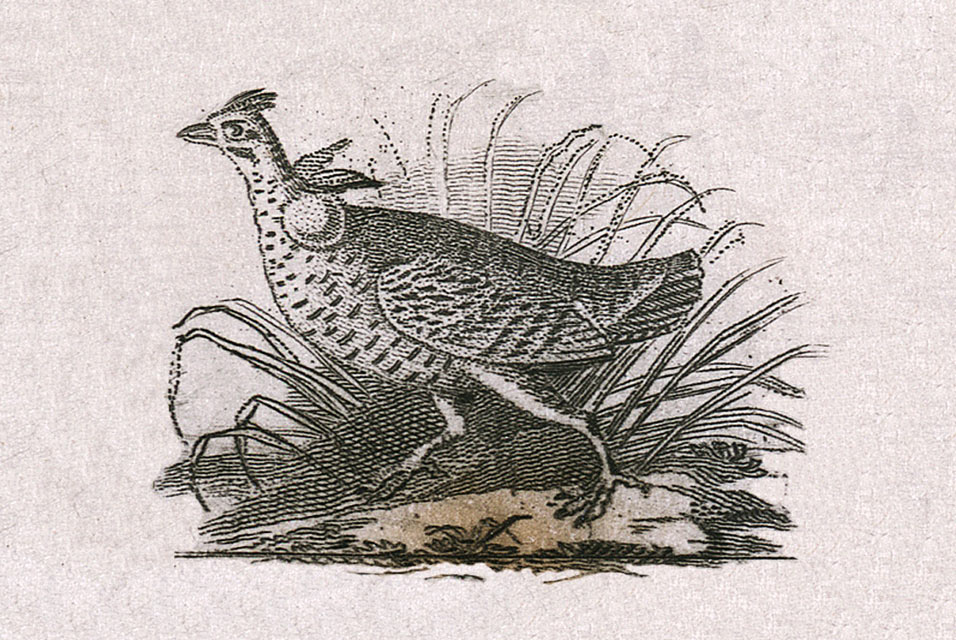In 1824, John James Audubon was a struggling 29-year-old artist. He noted in his diary that he had made a drawing of small grouse to Philadelphia engraver Gideon Fairman. Fairman’s company specialized in printing currency for banks (each bank at that time issued their own legal tender), and the grouse drawing was meant to be on a New Jersey banknote.
This diary entry, however, is all we’ve had to show for what could be the first published drawing by the ornithological master. Scholars have never been able to find the prints of the drawing or the banknotes.
Robert Peck, curator of art and artifacts at the Academy of Natural Sciences, and Eric Newman, a numismatic historian from St. Louis, decided 10 years ago to work together to find the elusive Audubon grouse. Thursday they announced that they had found the Holy Grail of Audubon studies.
On a trip to Chicago, Peck checked another diary, and found an entry from 1826. Audubon was in England, where his landmark book, The Birds of America, with full-size printings of his bird watercolors, was eventually produced, beginning in 1827.
He noted that he presented a friend “with a copy of Fairman’s Engraving of [my] Bank Note Plate.” But had the money ever been printed? Or was it a plate that never got used?
Newman combed through every book written on New Jersey paper money. “That didn’t help me at all,” he said. Then he checked the 10,000 different banknotes issued in the United States for grouse pictures. “I couldn’t find any.”
Finally, he reexamined his own collection of “sample sheets,” printed with various images that bank presidents might want on their bills. Mostly, such sheets contain portraits of George Washington and Thomas Jefferson, images of draped Lady Liberties, and, above all, eagles.
But finally, on a sheet issued by Fairman’s firm, likely in 1825 – there! on the lower right! – was a grouse.
The drawing had no signature or attribution, but animal artists at that time made static depictions and this grouse is running against a backdrop of its natural habitat, a style that was singularly Audubon’s.
Peck and Newman think they’ve pieced together what happened. The New Jersey bank was probably the State Bank at Trenton who were major clients of Fairman’s company. The bank failed in 1825 and its banknotes became worthless. Forgers took those worthless notes and counterfeited them up to look like similar notes from another Jersey bank, the State Bank of Camden, that hadn’t gone bankrupt.
Eventually the Camden bank recalled its currency and burned it along with all the Trenton bills it could find. That would explain why the small grouse seemed to disappear from the historical record.
